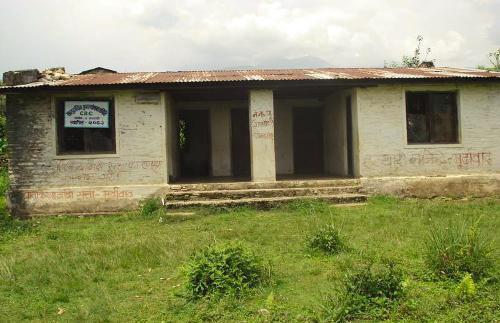Nabin Baral
Other projects
29 Jul 2008
The Maoists Insurgency and Conservation in Nepal: Exploring Institutional Resilience of Community-Based Conservation
The project’s aim is to explore attributes of community-based conservation that make it more resilient than traditional, government-run fortress-and-fines conservation in times of insurgency.

The Maoist rebels attempted to set fire on this office building of Ghachowk CAMC.
Nepal has long been touted internationally as an innovator of new approaches to the conservation of biodiversity. In addition to traditional state-run parks and protected areas, Nepal also boasts a wide array of community-based conservation initiatives. These are programs in which the people living nearest to the valued resources take an active role in their protection and sustainable management. Over the last decade, Nepal has undergone a violent uprising in which both state and community-based conservation projects suffered terrible losses from Maoist insurgents.

In the transhimalayan region livestock herding
My pilot research has shown, however, that although they were no less targeted for attacks, community-based conservation initiatives have proven far more resilient to such setbacks. This effort will explore potential explanations for why this has been the case. I will document which aspects of resource management failed and succeeded within each, both during and after the insurgency. Following a peace accord in November, 2006, most community-based conservation programs are carrying on their important work, while many state-run initiatives have lost their ability to work effectively. The case offers an excellent opportunity to explore the organizational, social, and cultural structures that can most successfully manage natural resources in times of strife.
The project will assess the impacts of the insurgency and explore the underlying dynamics of resiliency of natural resource management systems in the face of immense outside pressures. More broadly, the results of this study could reveal patterns in human-environment relationships during insurgencies that may exist in similar situations around the world, and these will contribute to building more robust and resilient political, institutional, and social arrangements for successful biodiversity conservation in Nepal and in other parts of the world facing civil strife. In doing so, this research of the Nepalese experience may work to enhance biodiversity conservation worldwide.